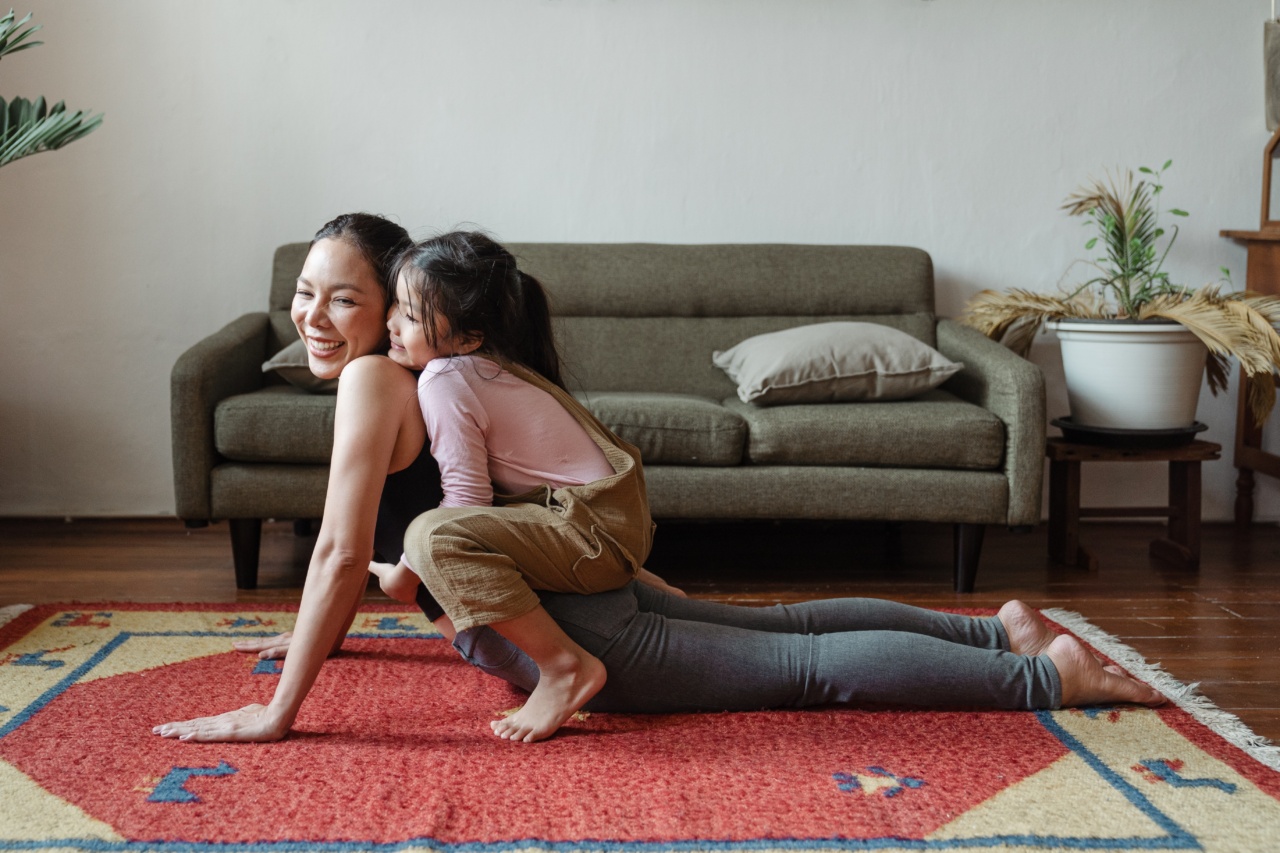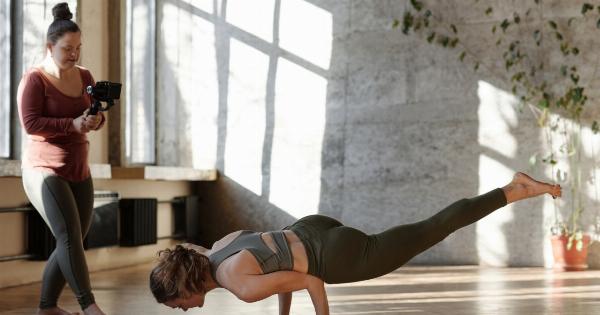Good posture is an important aspect of overall health and well-being. It’s not just about looking good, but it also helps prevent future health problems, such as back pain, fatigue, and even breathing difficulties.
As parents, it’s essential to teach children how to maintain proper body alignment and encourage them to practice good posture from an early age. Here are ten ways to help improve your child’s body posture:.
1. Begin with a positive role model
Setting a good example is one of the most effective ways to motivate children to adopt good posture. As a parent, you need to maintain excellent posture as your child’s first teacher.
Keep your shoulders back, your head high, and maintain a straight back when you stand or sit. The goal is for your child to see that proper posture is not just good for them but for you too.
2. Support them with an ergonomic chair and desk
Children are spending more time behind screens due to distance learning. While it may be convenient to have them do schoolwork at the kitchen table or lounge chair, those positions aren’t ergonomically sound.
The spine must be kept in proper alignment, which means that children’s desks and chairs must be correctly adjusted to provide support for their developing bodies, i.e., hips should be level with or higher than their knees, their feet should be flat on the floor, and their elbows should rest at a 90-degree angle.
3. Exercise regularly
Daily exercises help improve posture and strengthen muscles. Encourage your child to engage in activities that strengthen the back muscles such as swimming, pilates, yoga, and gymnastics, to name a few.
4. Encourage standing up straight
It’s important to remind your child to stand up straight gently if they tend to slouch or hunch over. When they’re standing, keep their shoulders back, their head high, and their weight evenly distributed across both feet.
5. Improve sleeping position
A comfortable and quality mattress will go a long way in preventing poor sleeping postures that can lead to back pain and other misalignments. Children should sleep on a mattress that supports good body alignment.
Ideally, the pillow should support the neck in the position you maintain when standing.
6. Stretching exercises
Encourage children to stretch regularly or include stretching as part of their exercise routine. Proper stretching helps to increase flexibility and improve posture, stability, and balance.
7. Develop core strength
The core comprises the muscles surrounding the spine. It’s essential to develop core strength to maintain proper posture and spinal alignment. Some great core-strengthening exercises include squats, push-ups, sit-ups, and planks.
8. Monitor media usage
Several studies have linked the use of electronic devices to an increase in neck and shoulder pain. It’s best to use electronic devices with proper postural alignment, taking breaks often, and avoiding excessive use.
9. Use a posture corrector
There are wearable devices that help align the body’s natural posture. They are suitable for children who tend to hunch over when standing or sitting.
Wearing a posture brace, belt, or shirt creates resistance, which naturally reminds the user to sit or stand up straight.
10. Schedule regular chiropractic check-ups
The chiropractor will evaluate your child’s spine and lookout for any misalignments or imbalances that could affect their posture.
Your child’s chiropractor will suggest an appropriate course of corrective exercises and adjustments to minimise any problems.
In conclusion
Improving your child’s body posture requires a long-term commitment to incorporating healthy lifestyle choices and habits.
From regular exercise to investing in ergonomic furniture, these tips will go a long way in establishing good habits early on, and their benefits will last well into adulthood.































